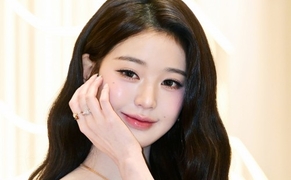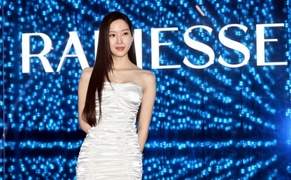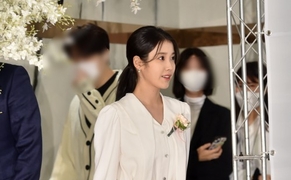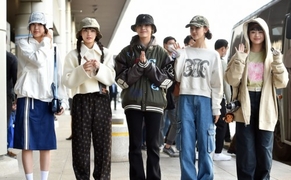Spring Festival In Tokyo, a musical celebration of spring in Tokyo
 |
| View of Tokyo Cultural Center (C)KojiIIda |
The Spring Festival In Tokyo, also known as Tokyo Harusai, is held in Tokyo, Japan, every spring for about a month from mid-March to mid-April. It is the largest classical music festival in Japan and was founded in 2005 and is now in its 21st year. Held in Tokyo's Ueno Park during the height of the cherry blossom season, it's surprising that the festival is still largely unknown in Korea. I visited Tokyo on March 29 and 30 at the official invitation of Tokyo Harusai and attended performances on both days.
Tokyo Harusai began in 2005 when conductor Seiji Ozawa co-produced and performed R. Strauss' opera "Elektra" with the Maggio Musicale Fiorentino Theatre, with the goal of "sending new artistic culture from Tokyo to the world" under the name "Tokyo Opera Forest”. In addition, instrumental concerts for orchestra and chamber music were held, forming the structure of the festival, which has continued for the past 20 years with different musical themes each year. Looking at the performance programs over the years, it can be seen that the number of participants and the scale of the festival have grown considerably since the beginning. The venues include the Tokyo Bunka Kaikan, the Tokyo University of the Arts Main Auditorium (on the university campus), the former Tokyo College of Music Main Auditorium, the National Science Museum, the Tokyo National Museum, the Tokyo Metropolitan Art Museum, the National Museum of Western Art, and the Ueno-no-Mori Museum, all of which are located in or adjacent to Ueno Park.
 |
| View of Ueno Park with cherry blossoms (C)KojiIIda |
Ueno Park was established as Japan's first park in 1873 and is the largest park in Tokyo. Since it became the center of Tokyo's culture after the Meiji Restoration, it has been home to many cultural and artistic facilities, and is especially popular for its cherry blossoms during the month-long music festival. Around Ueno Park, authentic performance venues host concerts featuring top musicians from Japan and abroad, art museums and university music halls host salon concerts, and free street concerts are held in the park to allow people to enjoy music outdoors.
The festival is organized by the Spring Festival in Tokyo Executive Committee, co-organized Tokyo Bunka Kaikan operated by Tokyo Metropolitan Foundation for History and Culture and supported by the Agency for Cultural Affairs, Tokyo Metropolitan Government, Taito City Office. In addition, various other public and private organizations, such as the Ueno Sightseeing Federation, collaborate to manage the festival, but the most surprising part is the number of sponsors. At last count, the list of sponsors included more than 70 of Japan's largest Private companies. Considering that the quality of any festival is largely determined by its budget, I suspect that the strong sponsorship is one of the factors that underpins the success of the festival and makes it sustainable for 20 years.
 |
| The poster of Spring Festival in Tokyo |
Tokyo Harusai also has a diverse performance program. The month-long concert series includes concert opera, choral music, symphonic music, chamber music, solo recitals, and almost every form of classical music. Some of the performers are world-class musicians, while others are Japanese classical musicians and newcomers to the music scene. Since its founding by Seiji Ozawa, Tokyo Harusai has hosted many of the world's leading musicians.
Conductors such as Marek Janowski and Riccardo Muti are still among the festival's mainstays. Marek Janowski focuses on Wagner and German music, while Riccardo Muti concentrates on Italian music, and each year they present high-level performances. Among them, I saw a performance of "Parsifal for Kids” in cooperation with the Bayreuth Festival in Germany and a concert version of "Parsifal," Vol. 16 of the Wagner Series of the Spring Festival in Tokyo.
/ Soo-yeoun, Sohn (Opera critic/ Professor at Dankook University)
 |
#Spring Festival #Tokyo
Copyright by Asiatoday
Most Read
-
1
-
2
-
3
-
4
-
5
-
6
-
7





















